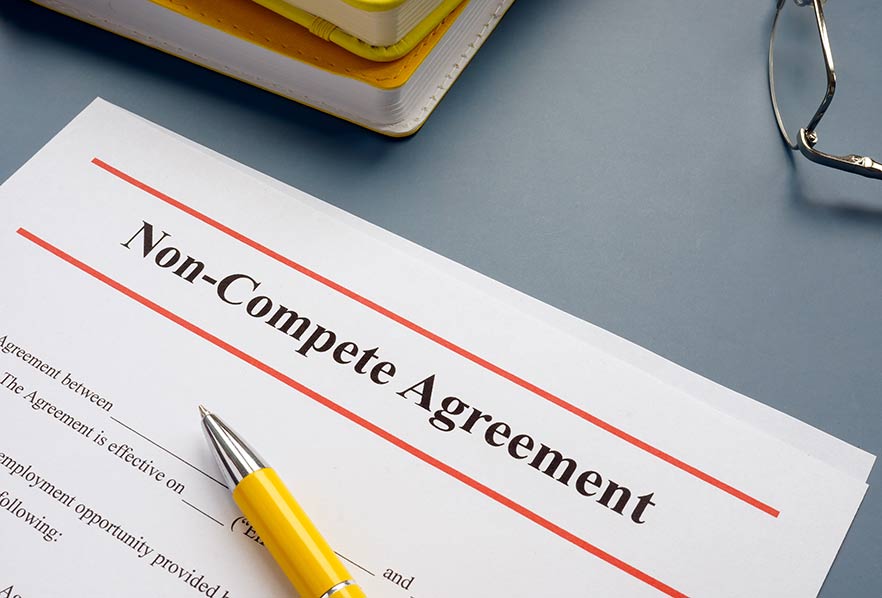In my previous article, I discussed the assessment of compliance risks in connection with legal due diligence conducted during the acquisition of a company.[1] However, once the merger or acquisition has been completed, the compliance department now faces the challenge of the post-merger integration (PMI) phase. PMI is the process of integrating the two entities after the deal is completed. The objective of PMI is to ensure the deal lives up to its predicted value. At the heart of PMI decisions lies the trade-off between integration and autonomy, also known as the coordination-autonomy paradox. This paradox encapsulates the inherent tension between the need for structural integration to achieve synergies and the preservation of autonomy to maintain the unique capabilities and cultures of the merged entities. There are many challenges and risks associated with PMI. Integration processes can fail due to factors such as poor strategic alignment, inadequate planning, and failure to address cultural differences. These pitfalls can result in operational disruption, loss of key talent, and a failure to achieve the anticipated synergies of the merger.
This article aims to describe the crucial role of the compliance function in the PMI process—which begins immediately once the merger and acquisition (M&A) process has been concluded—and how to mitigate compliance issues or risks identified in the due diligence process prior to the M&A completion or immediately after the M&A completion as part of the integration process. This can be best achieved by implementing a dynamic model of integration that captures the complexities of the post-acquisition integration processes while identifying and mitigating compliance risks.
General integration planning
Integration can be performed in several ways, but the most commonly used approaches are hard integration and soft integration. Hard integration is characterized by its focus on structural changes, system integrations, and efficiency gains and was found to be critical in achieving immediate operational synergies. However, overemphasis on hard integration can lead to cultural clashes, employee disengagement, and loss of key talent, ultimately undermining the long-term success of the merger. Conversely, soft integration, with its emphasis on cultural alignment, employee engagement, and communication, is shown to be vital for long-term success and the realization of strategic objectives. Soft integration practices facilitate a smoother blending of diverse organizational cultures, enhance employee morale, and foster a sense of shared purpose. However, an excessive focus on soft integration without adequate attention to operational efficiencies can lead to prolonged integration processes, ambiguity, and a lack of clear direction. The most successful integrations are those that skillfully blend hard and soft strategies, recognizing the importance of achieving both operational synergies and cultural alignment. This balanced approach facilitates a more holistic integration process, leading to enhanced overall performance and a smoother transition for employees and stakeholders.
To ensure a successful integration, the compliance team must understand the importance of adopting tailored integration strategies that consider the unique characteristics of the merging organizations, including their compliance cultures, operational systems, and strategic objectives. The integration team should be willing to adjust its integration approach as the merger progresses, responding to emerging challenges and opportunities. To overcome these challenges, the integration team should establish cross-entity integration teams, conduct regular cultural assessments, and foster open communication channels throughout the organization.
The human element of PMI is also highlighted as an essential component. Employee engagement and communication are vital to the integration process. Successful integrations are marked by transparent communication strategies and efforts to align and engage employees across all levels of the merged organization. This approach not only minimizes resistance and uncertainty but also leverages the workforce’s collective capabilities and knowledge, especially regarding ethical conduct and code.


